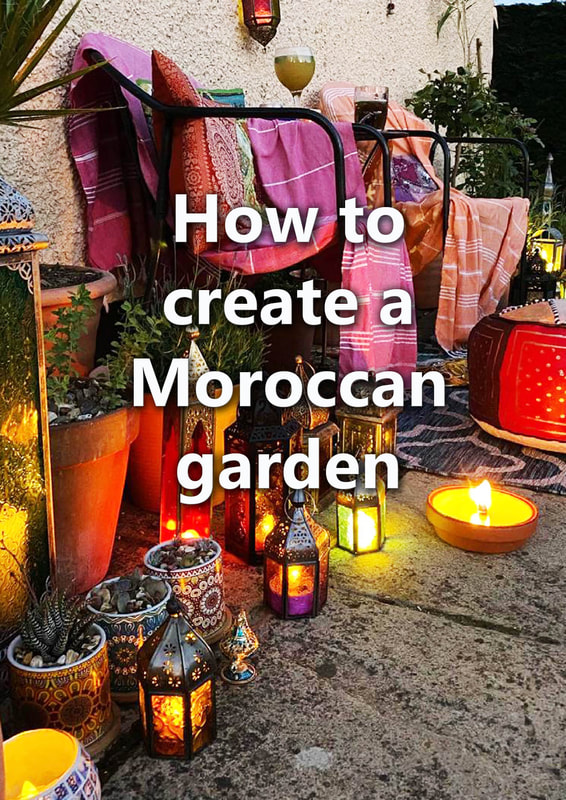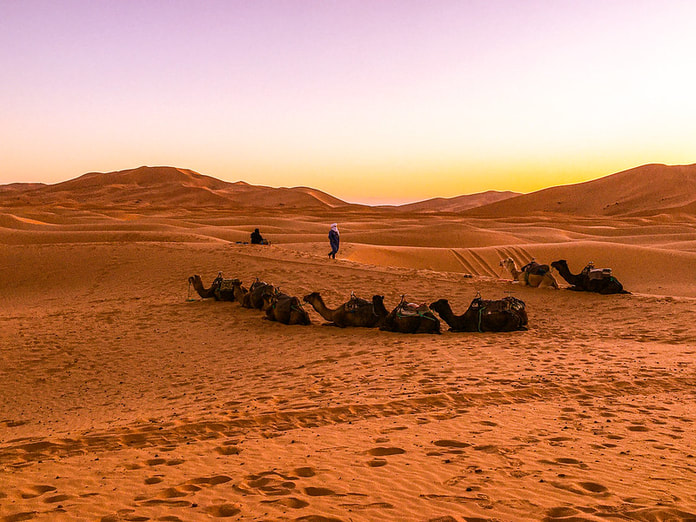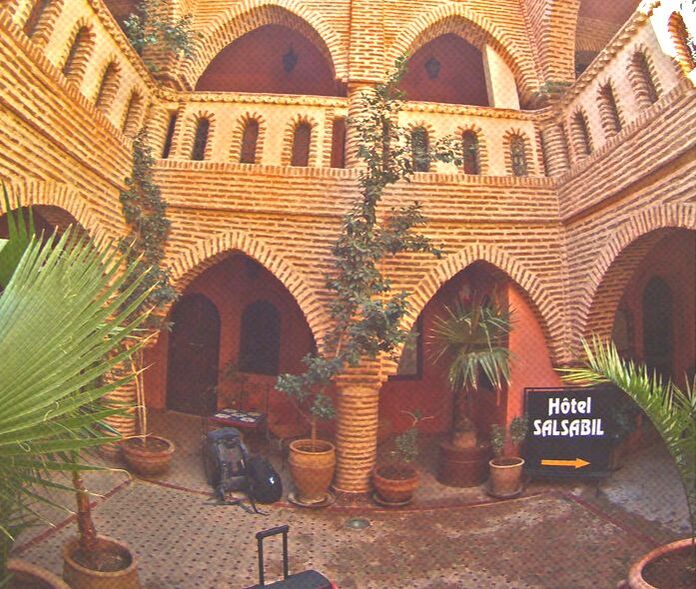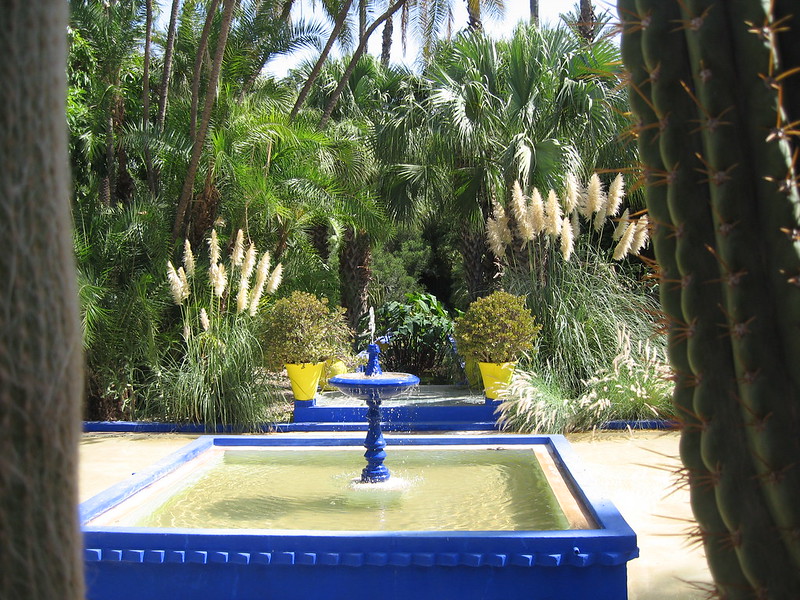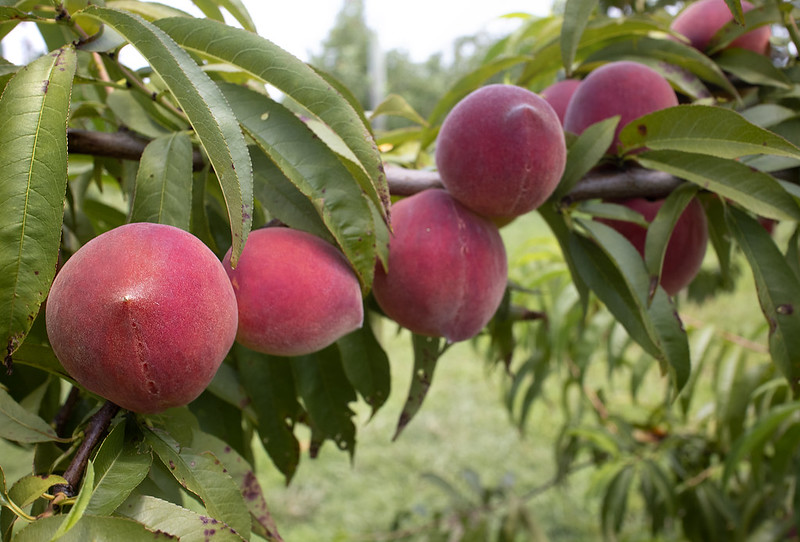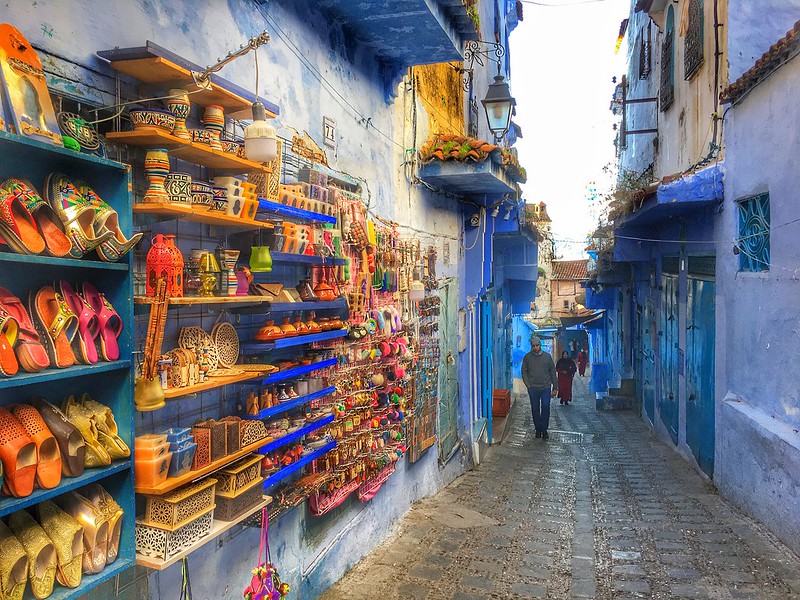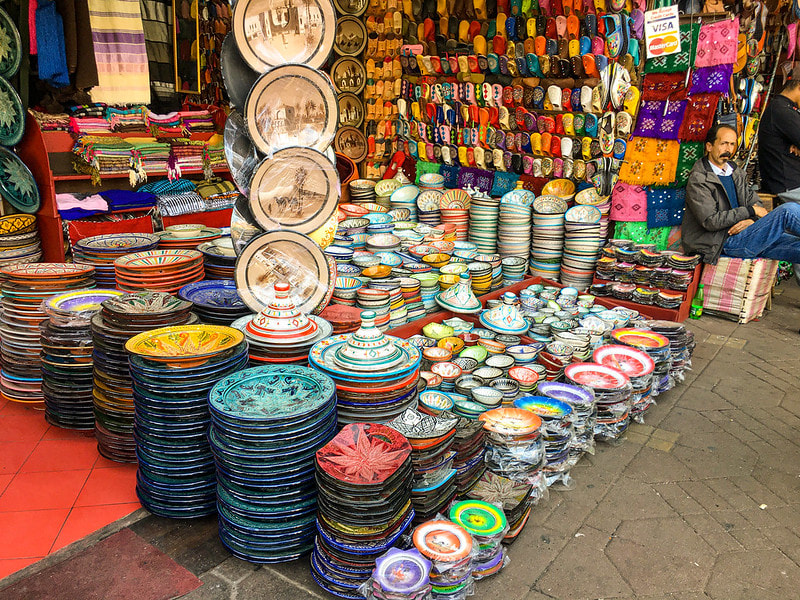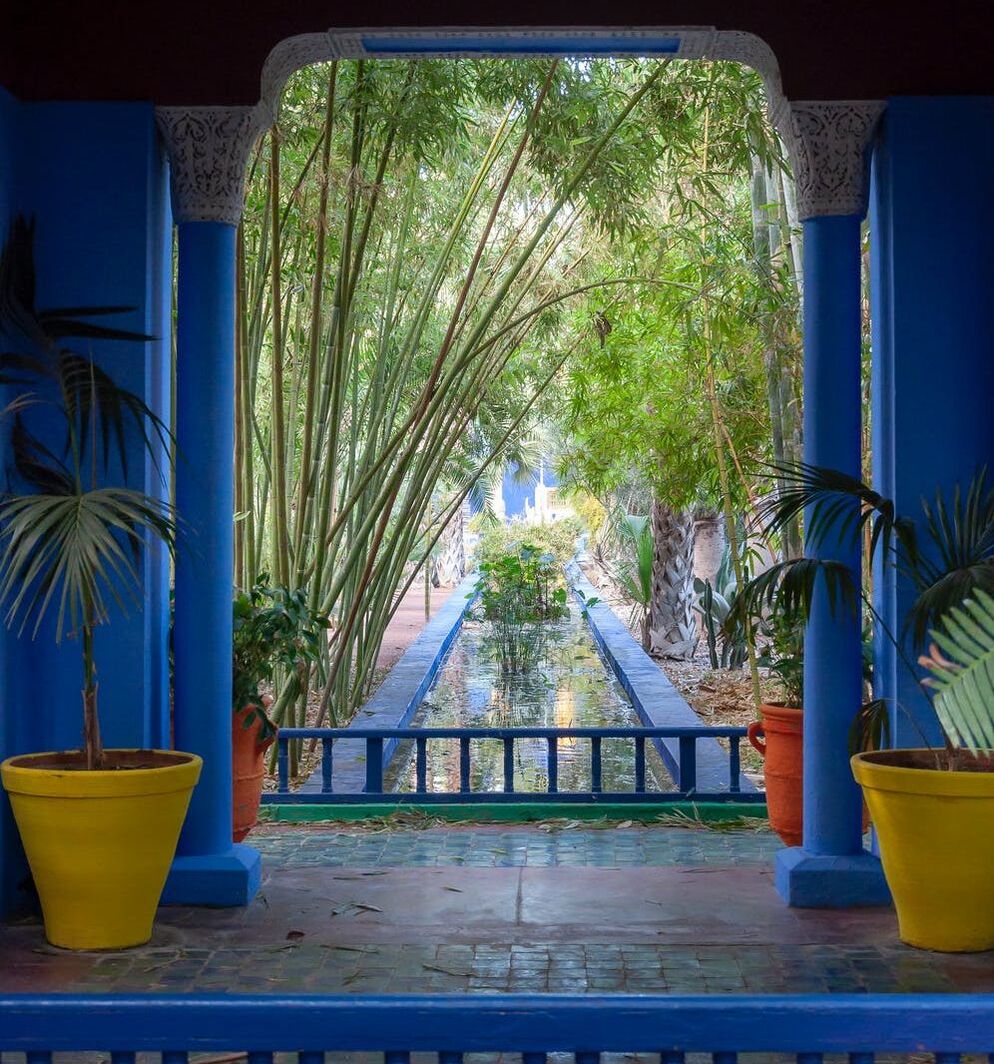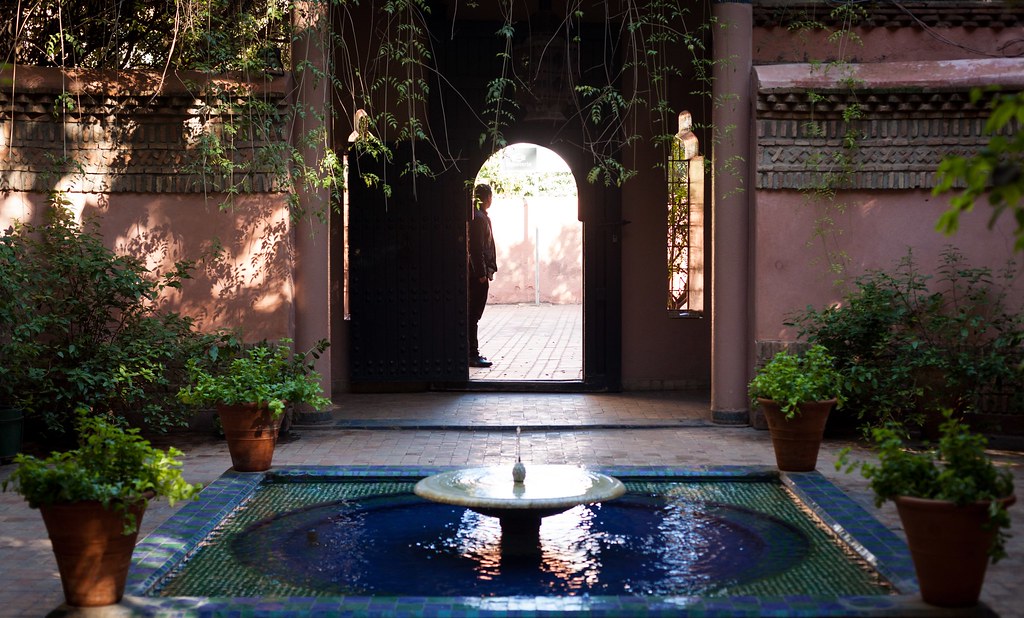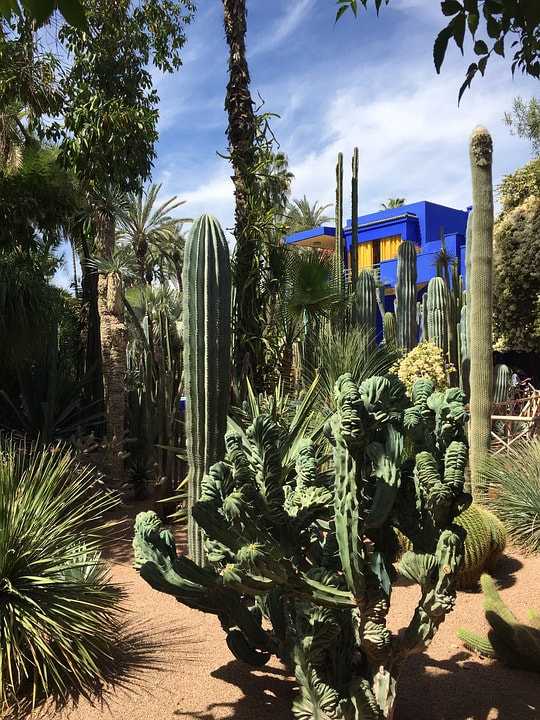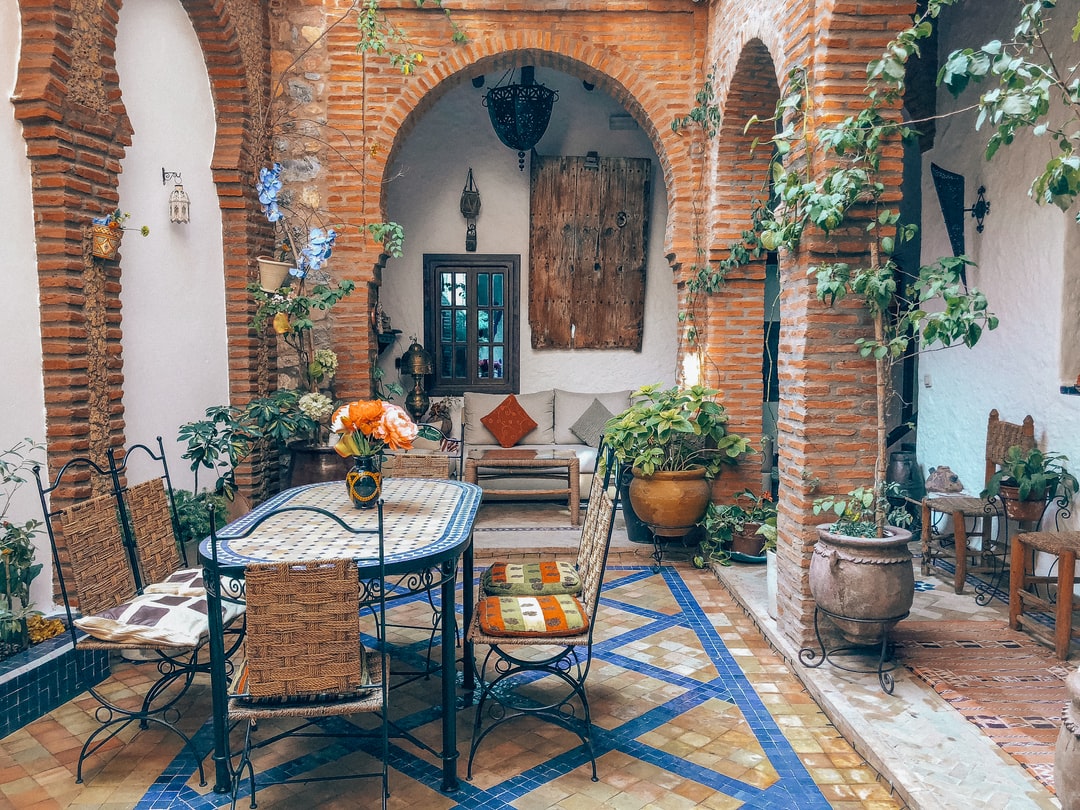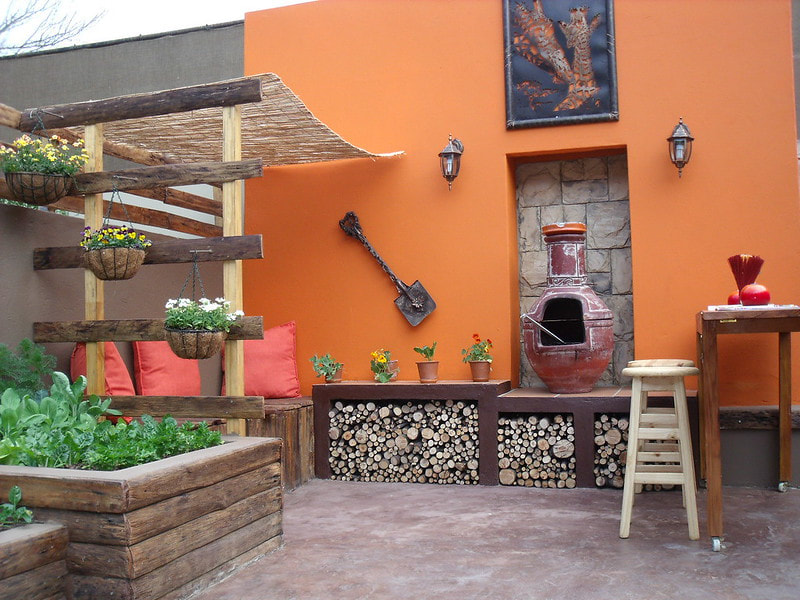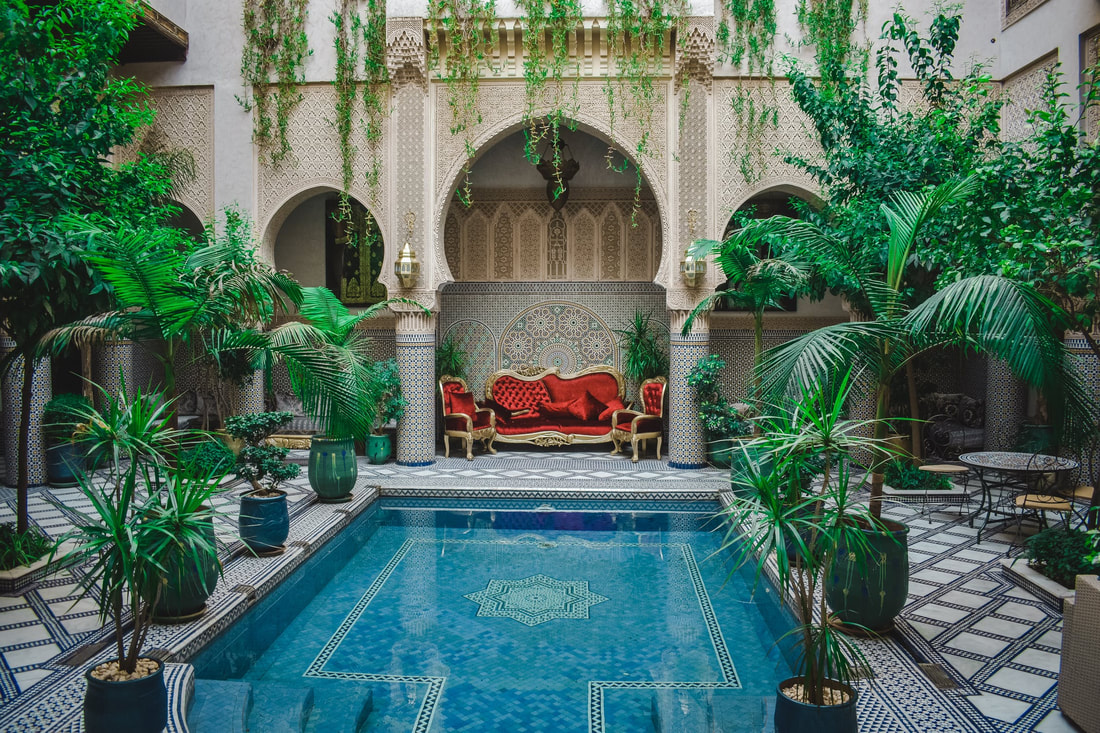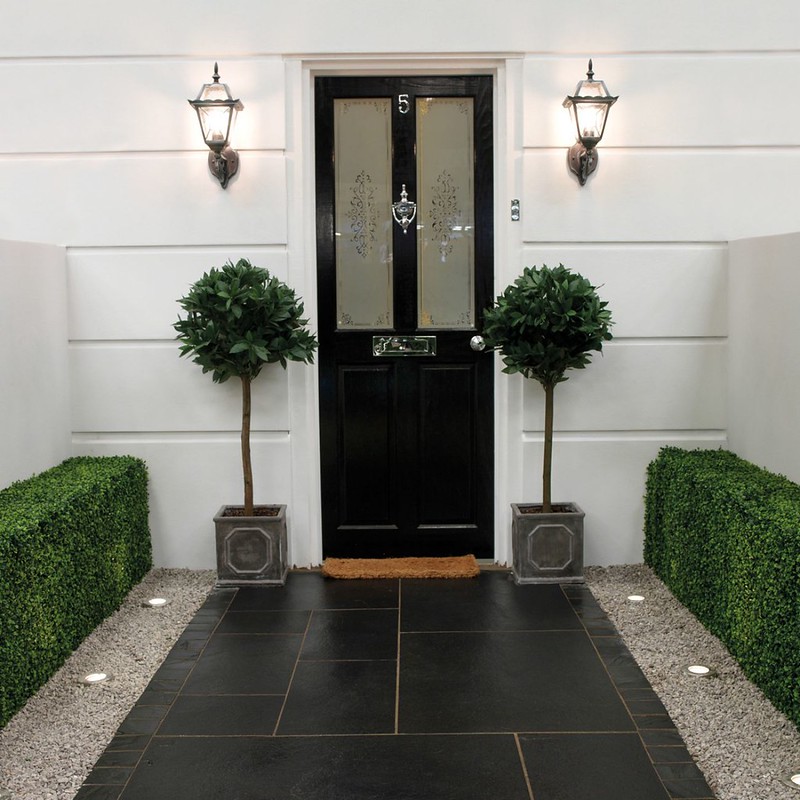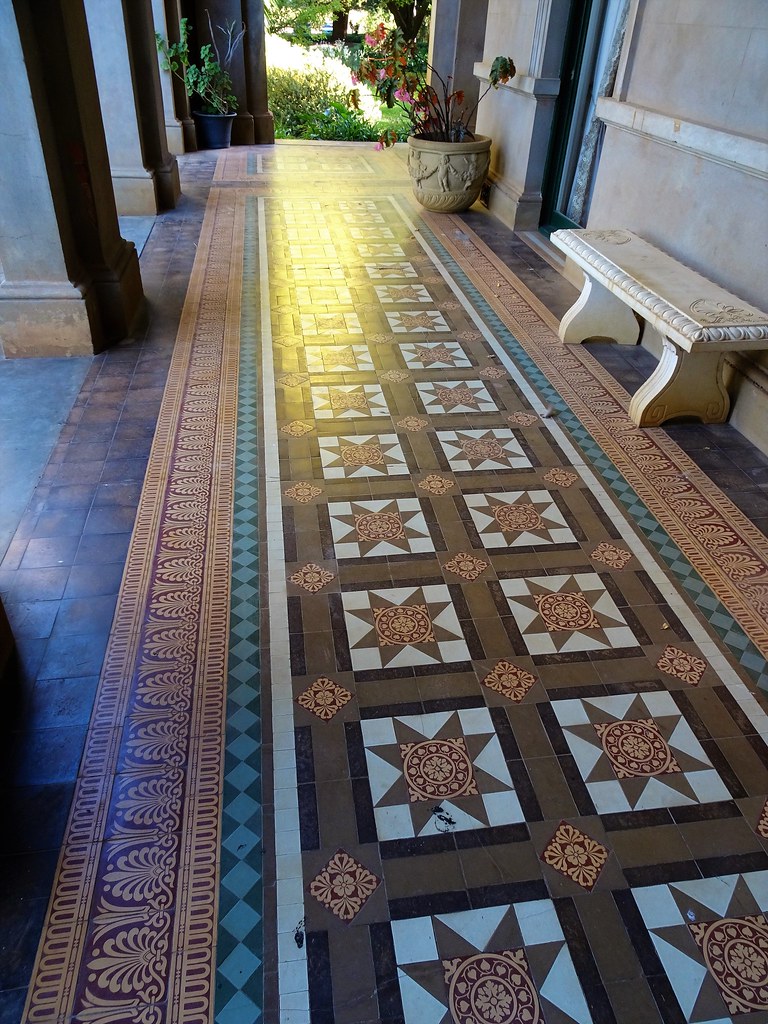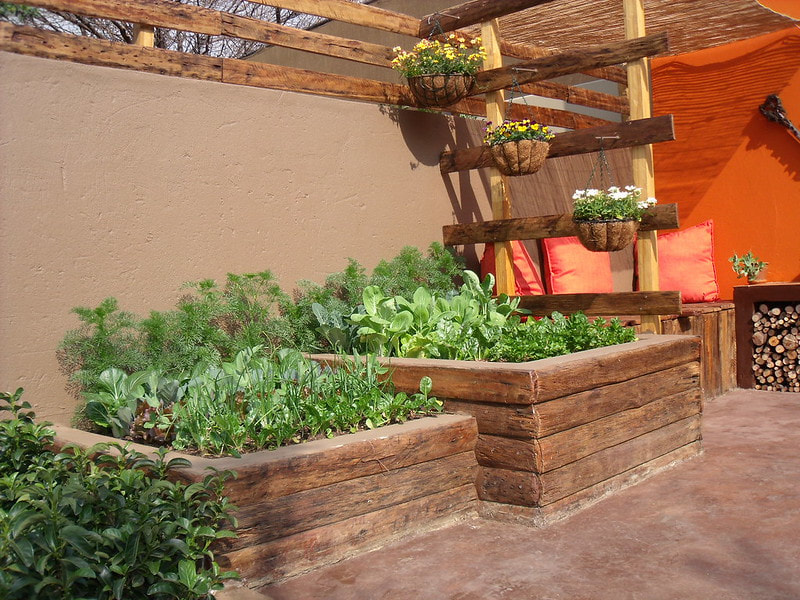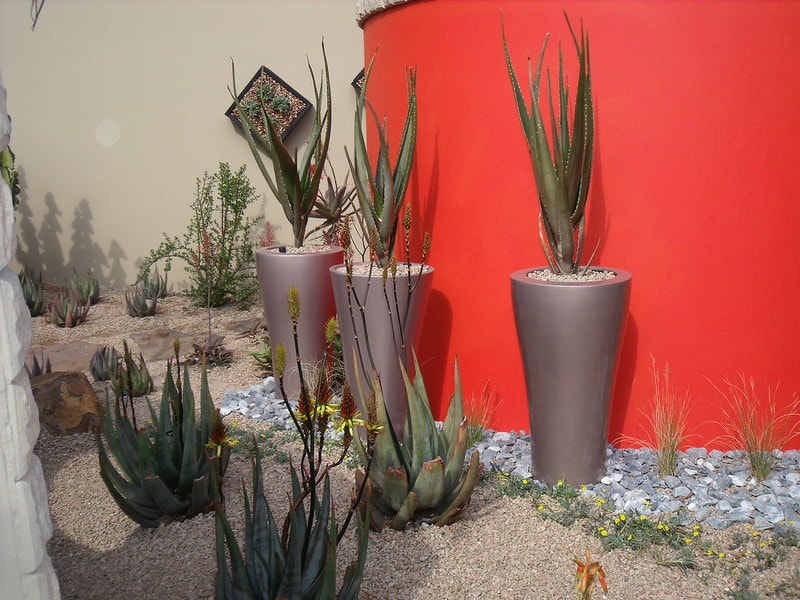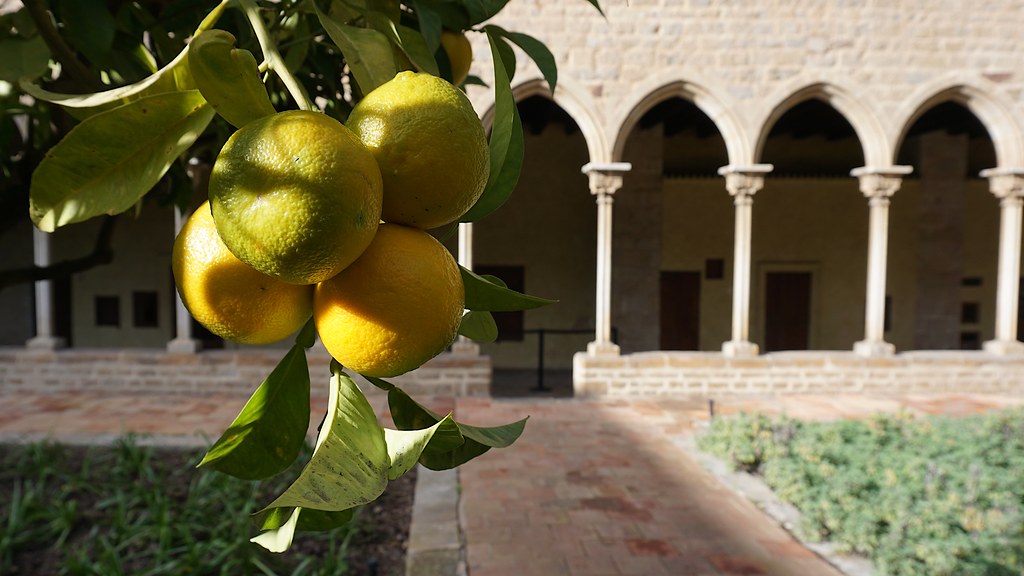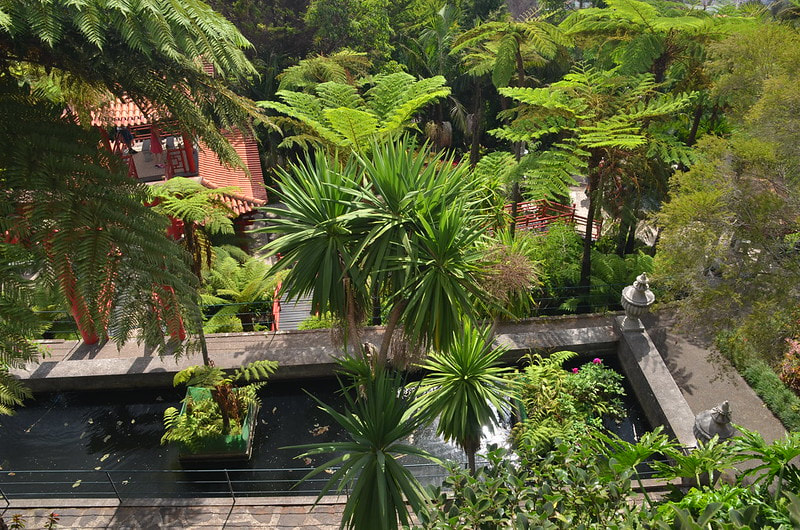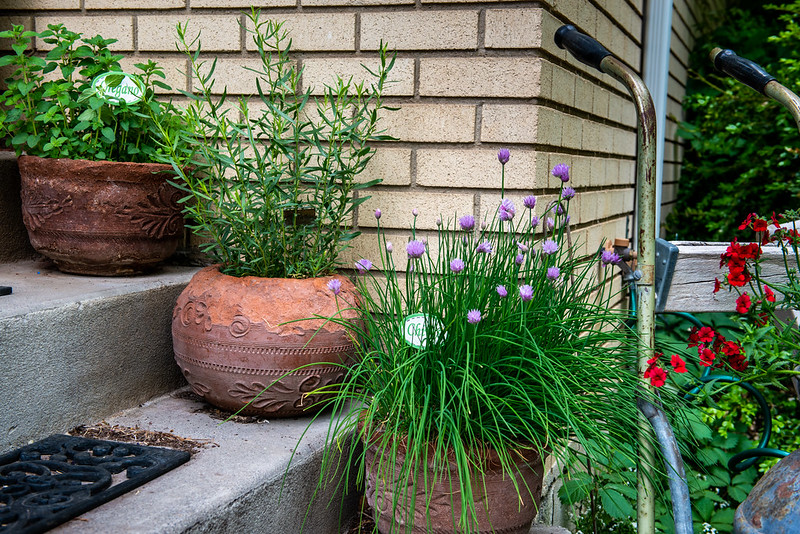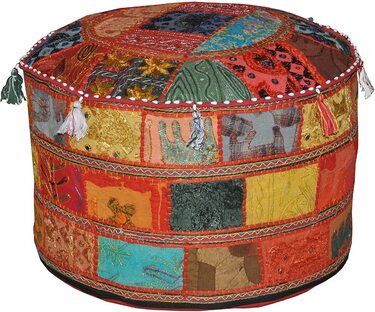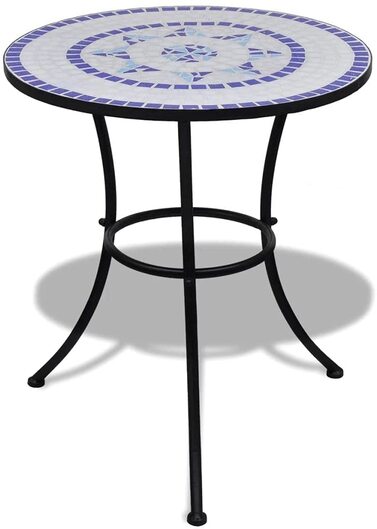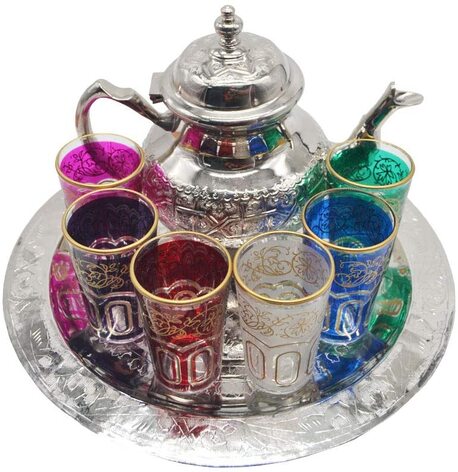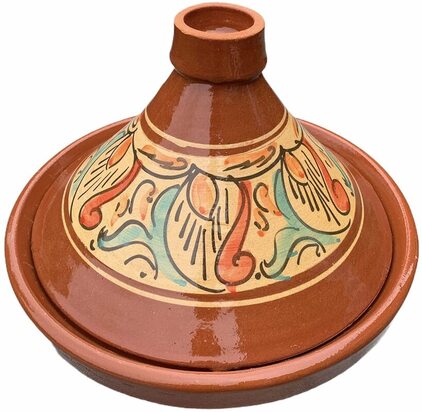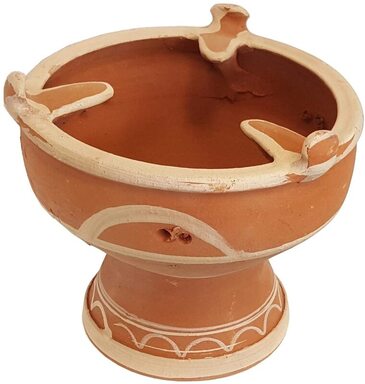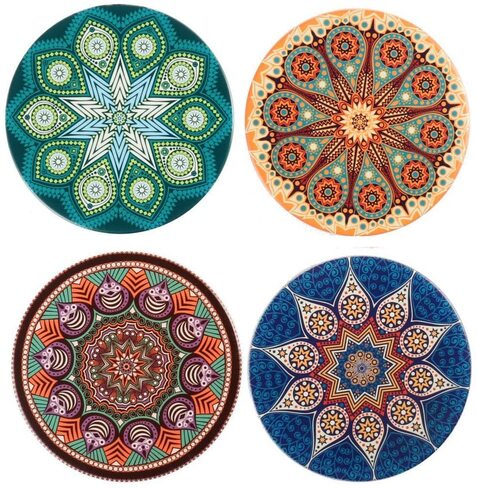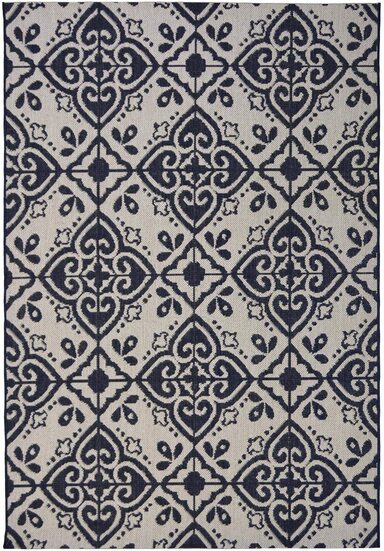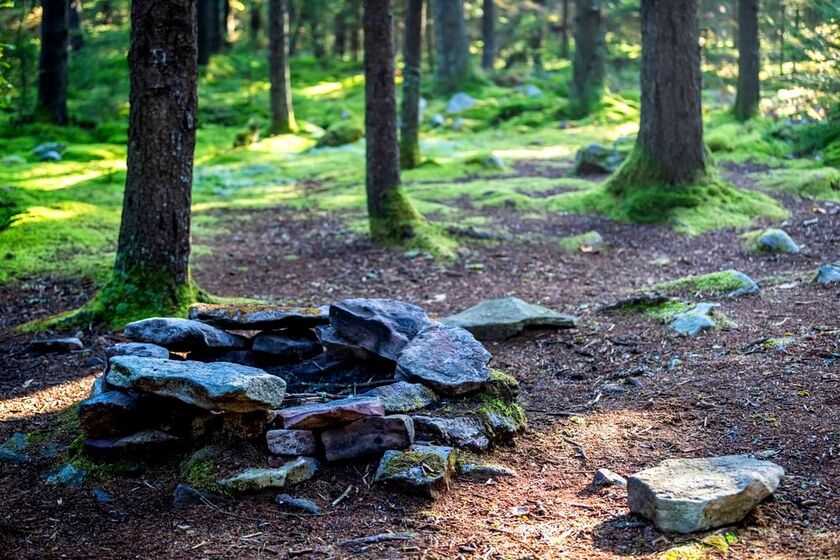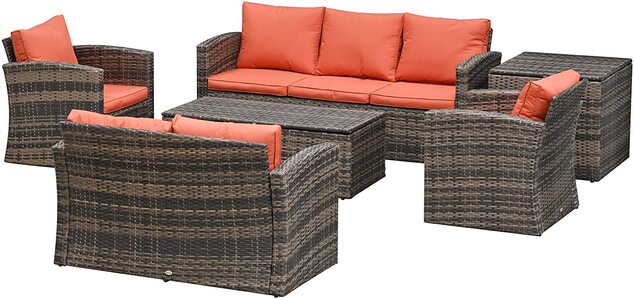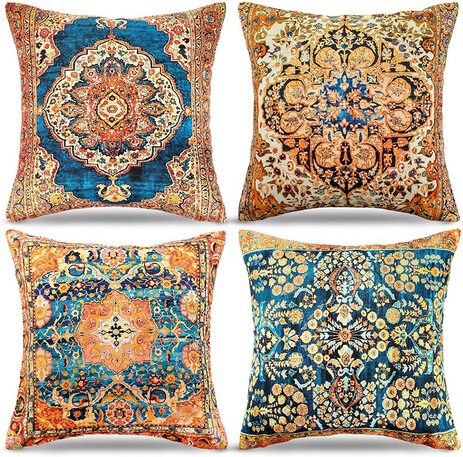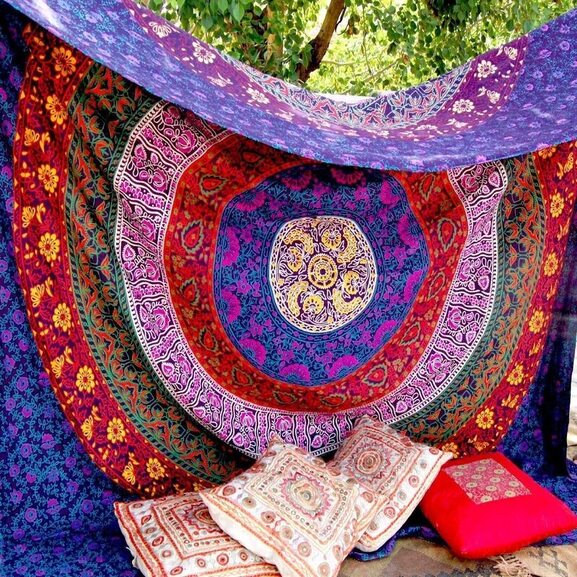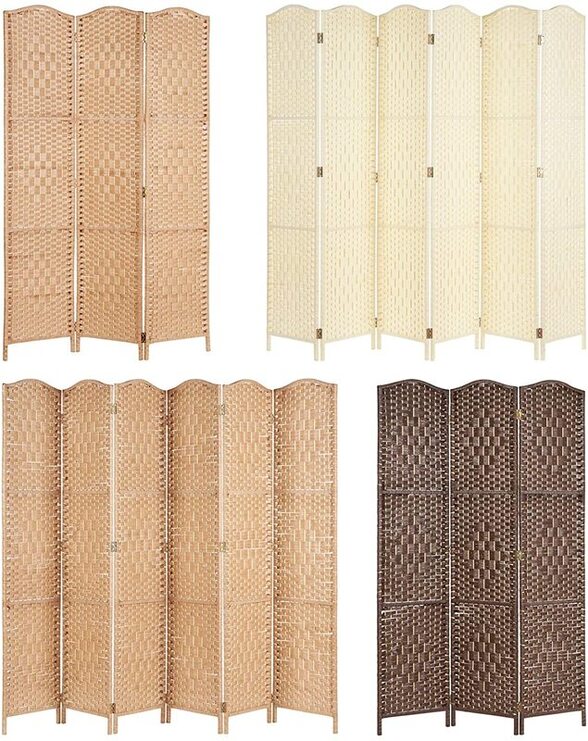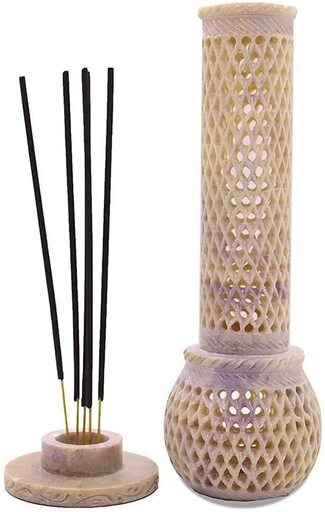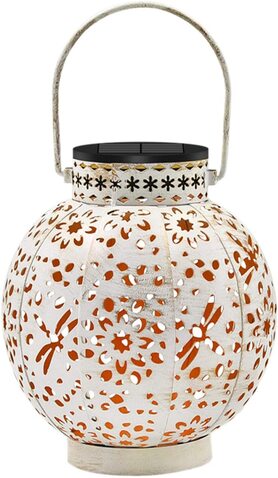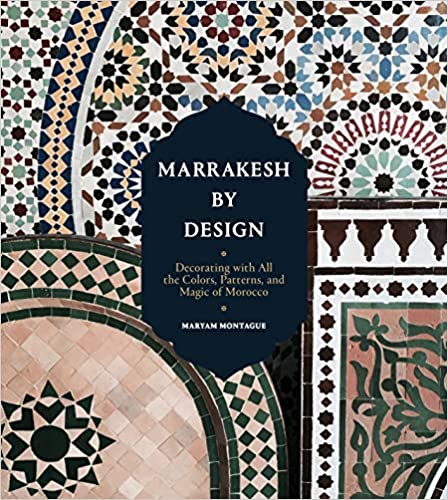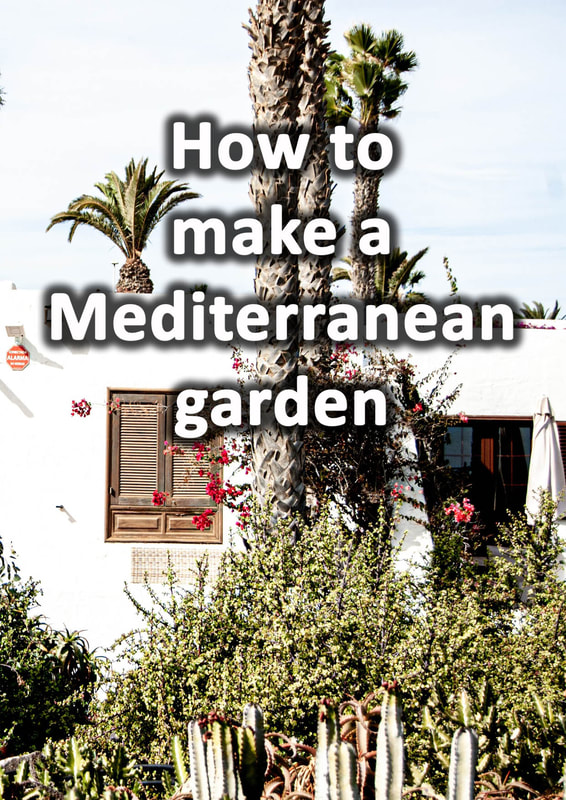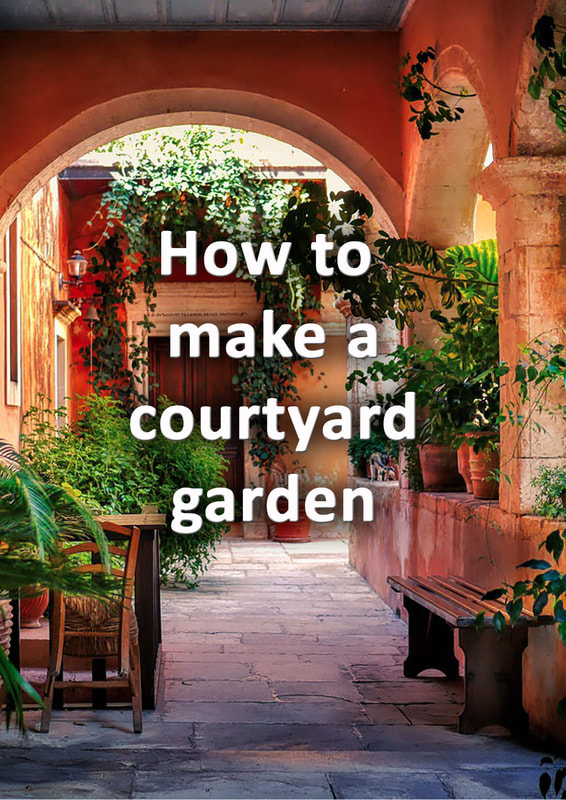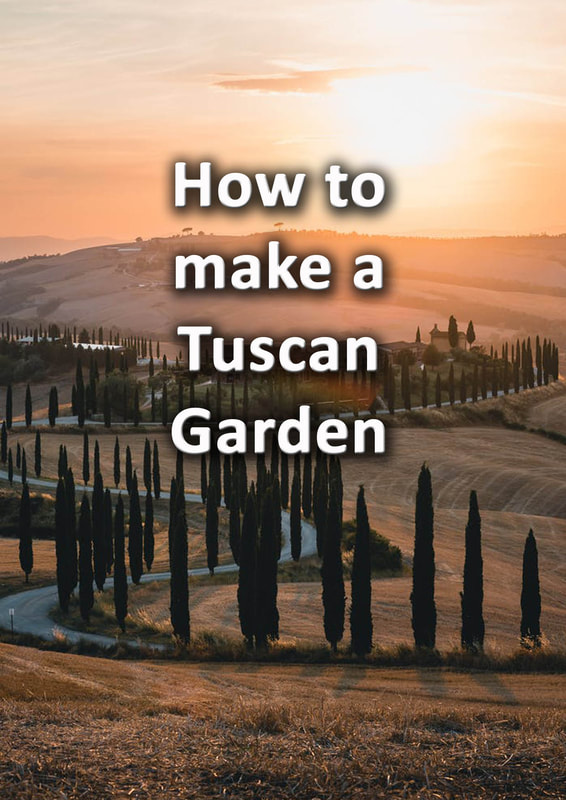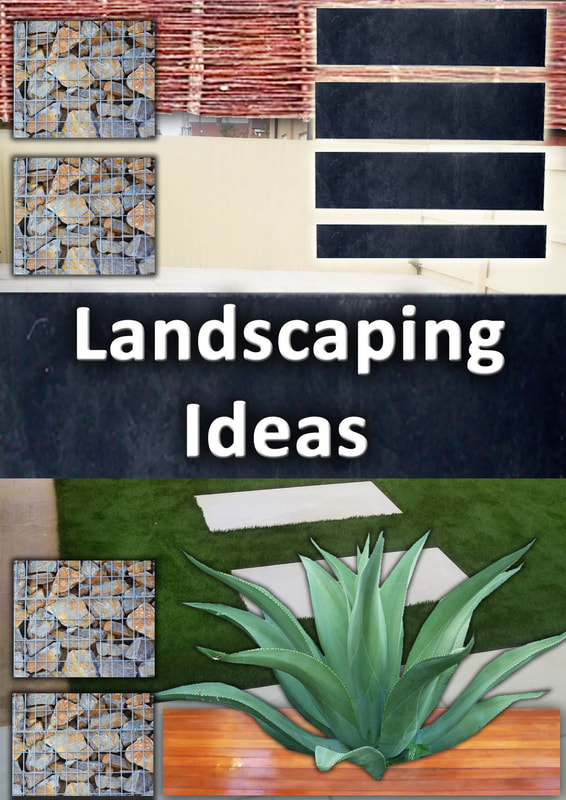|
This article contains affiliate links
Morocco is a country with cultural influences as diverse as its landscapes. From the forested high Atlas Mountains to the scorching deserts of the Sahara, it is truly a place of diverse contradictions.
Situated to the northwest of Africa it is separated from Europe by a narrow slither of the Mediterranean Sea. Its geographic position means it has had Sub-Saharan, Arabic, Mediterranean and European influences throughout history. Such an array of cultural influences has led to a vibrant and intriguing design style. This is particularly the case with their landscapes and gardens. Moroccan gardens are revered around the world for their bright colours, romantic charm and striking beautify. In this article we will break down the history of Moroccan garden design and investigate what makes them so special. By examining their elements we will aim to discover how to create your very own Moroccan themed garden. History of Moroccan gardens
Up until a thousand years ago Morocco was populated by the indigenous Berber tribes. The Berbers existed in small clans consisting of farmers, traders and nomadic shepherds. However the Berbers at this time did not recognise Morocco as a collective state. Although the Berber tribes were Muslim they were not conventional followers of traditional Islam. Choosing not to follow the Holy Koran to the letter they followed a more liberal lifestyle. Even though Berber tribes did not make up a nation state they were a very sophisticated society. They would trade gold and other commodities with the rest of Africa and as far away as India and Europe. This kept Berber culture very open to external influences and culturally diverse.
However the amount of lucrative trading routes made rural and mountainous regions hazardous. Bandits and organised war parties were always ready to ambush and plunder merchant convoys.
This led to an emphasis on fortification and security when building settlements and surrounding landscapes. Not only did merchandise have to be protected but also the merchants themselves. Fortified walls were also built to protect water supplies, orchards and farmland. High walls would enclose towns and cities which had the added benefit of sheltering from strong desert storms. These enclosed spaces became hideaways and from the extremities of Morocco’s landscape. The concept of walled spaces rippled into most urban environments including homes themselves.
Courtyards or 'Riads' became cool, outside rooms which provided shade from the midday sun. They would also provide extra airflow through homes during periods of excessive heat. This led 'Riads' to be looked upon as even more of a sanctuary than the home itself.
This idea directly correlated to the philosophy of Islamic garden design. Gardens are seen to be the embodiment of paradise and represent the bounties provided by Allah. Islamic gardens are famous for their use of water in creating landscape oasis. This symbolism can be seen very clearly in desert watercourses where water brings whole valleys to life. Water
The success of Berber society had a lot to do with their excellent knowledge of the land. They were very successful engineers and mastered the art of directing water from the High Atlas Mountains. Many of the ancient Berber irrigation systems are still fully operational 1000 years after they were built. It was these irrigation systems that laid the foundation for successful agriculture and human settlements. In such a hot and arid landscape access to this water was of the upmost importance. This combined with Islamic influences it is no surprise that water takes centre stage in the Moroccan garden. 'Riads' would be planned with linear water channels which would help to cool surrounding buildings. More elaborate water features would include ponds and even water fountains. Fruit trees
Morocco being a hot and arid country has always had a culture with an emphasis on self sufficiency. Historical droughts and desertification engrained food production into their psyche. The vast landscape irrigation engineering projects of the past were also intended to aid crop production. Consequently Moroccan gardens typically feature fruit trees or plants you can use. Being blessed with lots of natural sunlight; figs, peaches, almonds, citrus and olives fruit and ripen very well. Hence any garden trying to recreate the Moroccan theme should aim to implement fruit trees. If you seek to recreate such a garden in a cold climate use microclimate provided by south facing walls. Creating an enclosed garden with four walls can help to grow more exotic species. Magical Morocco
Many who have attempted to summarise the Moroccan design style regularity repeat the word magical. This is not really a surprise or sensationalist as magic has deep roots within Moroccan culture. With historical influences from Africa, Europe and the Middle East there have been long standing traditions of magic. This has led to many superstitious practices to ward off the evil eye, bad spirits and genies. Many bright colours have been used for this reason including the painting of front doors the colour blue. Other design features such as pom poms and hand shaped door knockers were to ward off evil spirits. The design styles of Morocco are full of superstition and magic everywhere! Hence when designing a Moroccan garden, it is good to incorporate authentic products from the region. A region of handmade arts and crafts
If you ever walk down a narrow street in Marrakesh or through the souks you will see a hive of activity. Local trades people building ornate furniture and black smiths hammering down red, hot, metalwork. In a world of mass production and cheap products morocco specialises in the hand made. Centuries of arts and ancient skills go into some of the regions finest products and gardens. This adds so much interest to the Moroccan style and design aesthetic. Gardens can have large expanses of colour divided by extremely ornate carvings and patterned tile work. This aesthetic is extremely stimulating and interesting to the eye. When designing a Moroccan garden incorporating some traditional arts and crafts is essential. Colours
One thing which surprised me when I visited Morocco is how much it reminded me of India. Markets are full of piled up, radiantly coloured, spices and a hive of activity. The smell of incense fills the air and the streets are full of colour. One of the hall marks of Moroccan garden design is how they celebrate bold, bright, colours. This really displays the boldness of the traditional, expressive, spirit and cultural liberalism of the people. This is why Morocco has always been a magnet for artists, designers, writers and film makers. Hence if you are designing a Moroccan garden do not be afraid to be bold. This really is a style where you can be loud and embrace detail at the same time. Moroccan garden design really is open to the mixing of both modern and traditional styles. A summary of Moroccan garden design
Moroccan garden design is not one particular set of landscape design rules or features. They are a melting pot of various historical influences which have evolved over time. Most of the time, Moroccan gardens seek to build upon the concept of an outdoor room or courtyard space. With a central influence of Islamic design there is a celebration of water and Arabic decor. Moroccan gardens have a flavour of the Mediterranean and their planting reflects such. Palms, citrus, olives, Cactus and succulents are a common feature. However Moroccan gardens are a break from the ordinary celebrating bold forms and vibrant colours. Such gardens should be a place for outdoor living and relaxing with the people you love. The implementation of Moroccan décor can greatly enhance a garden design themes authenticity. Islamic style rugs, smoking tagines, brewing mint tea and Islamic music can greatly enhance the Moroccan, atmospheric experience. How to create a Moroccan gardenAs with any proposed garden design there is a process you must follow. This is no different with Moroccan gardens and your aim should be to discover the best scheme for you. Creating the perfect Moroccan garden is not about just making a beautiful scene. Your new garden must still satisfy all the functional needs you require from your garden. Write down all of the things you need and would like in your garden. Make a list of all the things you also want to keep. How do you move around or would like to move around the space? During this early stage of your design process it is good to do a SWOT Analysis. On a piece of paper list your gardens Strengths, Opportunities, Weaknesses and Constraints. This is a very enlightening process and will provide you a strategy for improving the garden as a whole.
Now spend time studying precedent images of Moroccan gardens you like. Pick out specific elements you love and think about how you can incorporate them into your design.
For instance, if you love the blue walls of 'Jardin Majorelle' think about how you could replicate this. Perhaps there is a bad view you want to block and a blue wall can screen it from view. Draw out a scaled plan of your garden and sketch out ideas over the top of it. You can use sheets of tracing paper so you do not clutter the plan with line work. Draw and cut out scaled elements you know you want and experiment by moving them around the plan.
Eventually a new and resolved plan will start to evolve. Don’t worry if you cannot do it all in one day this is a process! Sometimes it is good to leave the design project for a few days and go back to it with fresh eyes.
The most important thing is you enjoy this process! Below we have listed 10 Moroccan design Ideas you may wish to consider. 10 Moroccan garden design ideas
1. Create a courtyard space
Moroccan gardens are famous for their courtyards or 'Riad' spaces connected to the home. You may or may not be able to replicate this perfectly depending on where you live. However you can provide a courtyard feel by creating an enclosed space. This can be done by reworking boundaries or with implementing structures. Alternatively if you have space and the budget you can lay concrete foundations and build walls. These can be rendered, then painted or tiled for an Islamic effect. 2. Incorporate coloured render
If you already have brickwork or masonry in your garden you can always add to it. You can do this by extending it higher or wider as you need it. By rendering existing masonry with a smooth, external, mortar you can create a Moroccan effect. This can be painted any colour you like to add excitement and drama to your design. 3. Install a water feature
Most Moroccan gardens celebrate water in some form, if you wish to add such there are many options. Many Islamic gardens create sunken channels into paving providing a linear watercourse. This can be very effective but also impractical for many residential gardens. Alternatively you can include a formal pond or water feature. If you are limited for space simple water fountains with up lighters can be very effective. 4. Incorporate patterns and borders to pavingA great way to give an authentic Moroccan feel to conventional paving is to create patterning. This can be as elaborate as a mosaic or a rectangular border to paving. Such can be executed with a separate material with a dramatic contrast to the rest of the paving. A popular way to do this is lay a square border between the centre and the edge of the patio. This gives the surface a more Islamic courtyard feel to the whole space. Laying square pavers in a diamond formation is also a good way to provide a Moroccan feel. 5. Use Moroccan tiles
Certainly the best way to inject some authenticity to a Moroccan garden is by using traditional tiles. These can be integrated into patios to create rectangular borders and focal points. A great way to utilise such tiles is to clad external, garden, walls. These are really effective when laid in vertical sections and separated by expanses of coloured render. 6. Build raised beds
As many Moroccan gardens utilise enclosure this provides a great opportunity to incorporate raised beds. This could be to soften the edges of courtyard walls all the way round with planting. Raised beds running along the base of courtyard walls also can provide great seating. If you do not have the ability to build high walls well planted raised beds can provide the enclosure you need. 7. Create a desert garden
To really provide a Moroccan feel to your garden try to replicate its natural landscape. This can be done by creating an arid desert garden. You can create a arid feel by spreading gravel surfaces with sandy coloured rocks. Desert gardens can be planted with Mediterranean plants and succulents for a desert effect. Such landscaping can also add to the local micro-climate helping to heat up the space. This can be particularly helpful if you live in a cooler climate and want to grow exotic plants. 8. Plant fruit trees
A great way to maximise the Moroccan, garden, effect is to plant some fruit trees. If you have a sunny wall and your garden doesn’t get too cold in winter you have many options. Trees like Figs, Peaches, Citrus, Almonds and Pomegranates are all possible in such conditions. If you live in a climate that regularly gets below minus 5 then you can grow these in pots. This will give you the option to move them undercover during the winter months. 9. Plant tropical looking plantsYou do not need a hot climate to grow exotic looking plants for Moroccan themed gardens. There are plenty of hardy palms and even colder climate plants which do look tropical. This can provide you the opportunity to create a great scheme even in a cold climate. Most tropical looking plants will work well in a Moroccan garden. Check out our article on 50 exotic looking plants for temperate climates here. 10. Create a herb gardenTraditionally Moroccan gardens have always included a herb growing area. These herbs can be used in culinary dishes or to make herbal teas. Morocco is famous for its love of fresh mint tea served around meal time. Herbs such as Peppermint, Lemon balm and Bergamot make delicious teas during the summer months. The scent of these plants can also be enjoyed as you walk past the borders. Moroccan garden Accessories
As we have acknowledged already in this article there are so many ways to enhance Moroccan gardens. Once you have implemented your design and built your garden the real fun can start. Below we have listed and linked to a whole range of accessories to accompany your Moroccan garden. From cooking Tagines to mosaic tables and Moroccan, garden, decor, there are lots to discover! Moroccan lanterns
|
The Author
|
Landscaping services across Buckinghamshire, Amersham, Aylesbury & High Wycombe
Hyde Heath, Amersham, Buckinghamshire |
|
